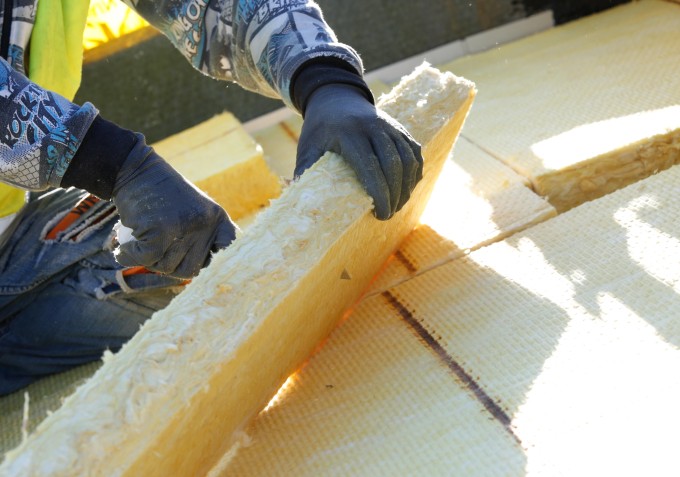Future proofing the home
What does a home of the future look like to you? Self-cleaning toilets or a robot to deliver breakfast in bed? If only!
For wannabe self-builders looking to purchase a plot of land and construct their dream home there’s plenty to mull over. With economic uncertainty in the air and as we wade through the cost-of-living crisis, insulating and future-proofing our homes is high on the agenda.
Examining your family’s current and future requirements during the planning stages of your self-build project will lead to an adaptable and future-proofed home.
The rise of energy-efficient homes
There’s no doubt eco-friendly or energy efficient homes are gaining popularity. While owners of existing properties tear their hair out as they face costly and disruptive retrofit works to bring their homes to the same standard, self-builders have an opportunity to build from scratch.
According to a 2022 survey by the Home Builders Federation, around a quarter of respondents stated energy efficiency of new homes would be crucial to their next home move.
Homes and non-residential buildings will be expected to be futureproofed with high levels of energy efficiency and low carbon heating systems under Part L of the Building Regulations 2021. It marks the first step to stricter thermal performance measures as part of the government’s Future Homes Standard which is due to come into effect in 2025.
The Standard will ensure that new homes in England produce at least 75% lower CO2 emissions compared to those built to current standards.
The greater need to create energy-efficient new homes to meet government standards and the potential long-term savings is an attractive prospect to self-builders.
Not only will self-builders be required to build to high energy-efficiency standards and regulations, but future homes have further to go. Many self-builders are considering modern technologies and methods to ensure efficiency is embedded to the highest standard from the point of construction.
Ian and Justine Jones worked relentlessly to future-proof their family self-build home, which features a host of energy-efficient systems and materials including a mechanical ventilation with heat recovery (MVHR) system, an air source heat pump, triple glazed windows, and solar panels on the roof.

Future Homes Standard 2025
Solutions to future-proof your self-build home
By choosing materials that conserve energy you can reduce the environmental impact of a building throughout its lifetime.
When it comes to creating an energy-efficient self-build home, Saint-Gobain has a range of products and solutions including insulation, energy-efficient glass, and ventilation systems.
But Saint-Gobain has gone one step further in a ground-breaking experiment to create homes that meet and exceed the Future Homes Standard while addressing critical climate challenges.
Partnering with national housebuilders Barratt Developments and Bellway Homes, Saint-Gobain has created eHome2, a detached house created to examine how to deliver zero carbon housing at scale using off-site lightweight construction solutions.
eHome2 was built with an advanced timber frame solution by Scotframe that uses engineered timber studs. The walls will be pre-insulated and lightweight render-based bricks by Weber are also being used to enable them to build the house in 12-14 weeks - half the time it takes to build a standard home. The home also features Pasquill’s Posi-JoistTM floor cassettes that allow for the integration of Mechanical Ventilation & Heat Recovery systems.
All these solutions will enable them to create a building that will be future proof and hit the 2025 Future Homes Standard fabric targets.
Smart technology
Alongside a host of high quality materials and solutions, smart technology will help to future proof your self-build home and will offer self-builders’ convenience, security, and an insight into energy consumption patterns.
High-tech homes will be equipped with heating, lighting, appliances, and electronic devices that can be controlled at the click of a button – on your smartphone or laptop.
Find out more about future proofing the home and self-build trends for 2023.